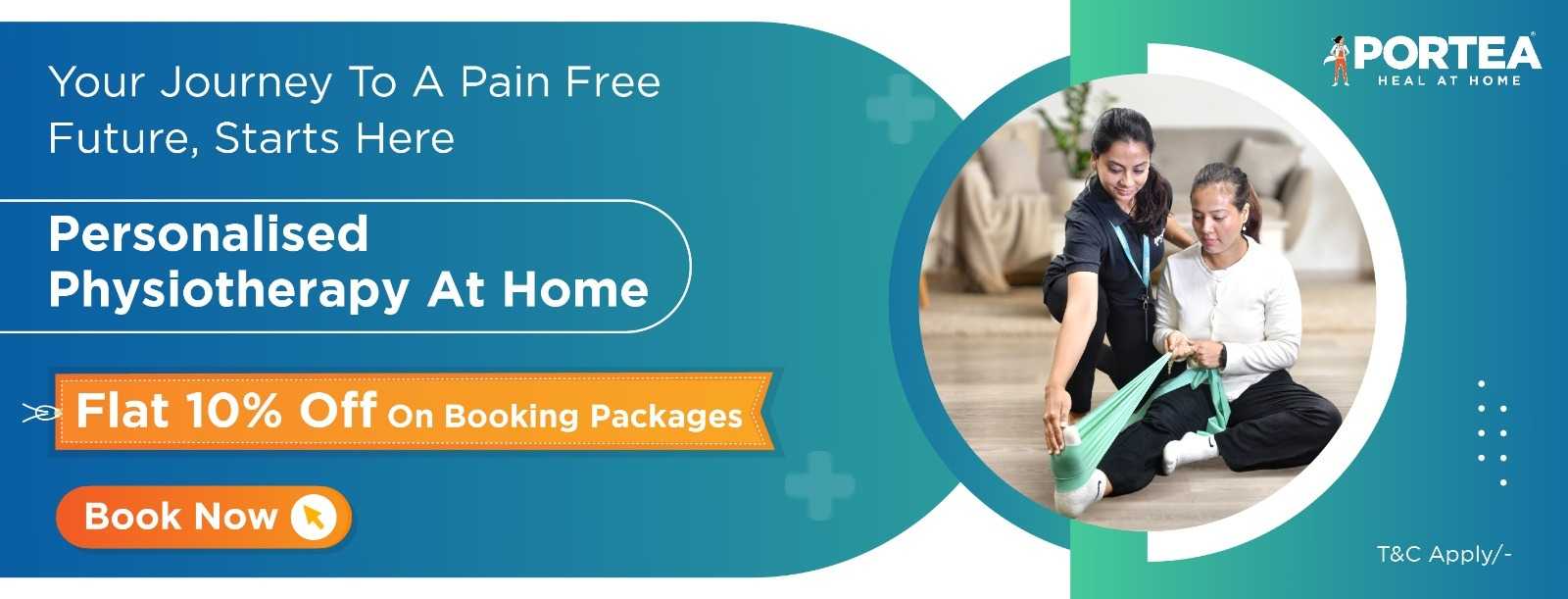rehabilitation of a shoulder labrum tear


what is a shoulder labrum tear?
A shoulder labrum is a thick piece of tissue that is attached to the rim of the shoulder socket that aids in keeping the ball of the joint in place. When it gets damaged during an accident, it is called a shoulder labrum tear or shoulder labral tear.
Its symptoms involve pain, loss of strength, locking, popping, grinding, instability in shoulders, decreased range of motion, and difficulty in your shoulder. There are usually three types of shoulder labrum tear:
- Bankart tear: The type of tear that affects the front and bottom portion of your labrum and frequently occurs when your shoulder dislocates.
- SLAP tear: Also known as SLAP or Superior Labrum Anterior to Posterior. SLAP occurs in the upper portion of your labrum where your long biceps tendon attaches.
- Posterior labrum tear: This one is a rare labrum tear that occurs at the back of your shoulder labrum. It may cause your shoulder to dislocate toward the back of your body.
If you suspect a shoulder labrum tear, seek medical help for diagnosis and treatment.
how is it diagnosed?
The diagnosis process of labrum tear involved one of more tests since it can be difficult to determine the tear. Some of those tests are:
- Physical Examination: The doctor will check the symptoms such as instability and pain to see if there is any damage to the shoulder.
- MRI: Labral tear shoulder MRI can be recommended to visualize the internal injuries and check if you have a tear or not. In case it is a SLAP injury, you may require anterior labral tear shoulder MRI.
- X-Ray: In case you have had a recent traumatic event, the doctors will suggest X-Ray.
- Arthroscopy: In this test, the doctors insert a tiny camera through a small cut. This helps in getting a more detailed view of the labrum.
Other than these tests, doctors may also perform other tests. To know more, you can consult an expert or physiotherapist.
how can a physical therapist help?
While labral tear can get treated through surgery, it also gets treated through physical therapy. For instance, if you have a bankart tear, the trainer can just pop your upper back into its right place. This is later followed by physical therapy to strengthen the muscles.
Depending on your condition, physical therapy may last for six weeks to two months. The sessions will involve a number of labral tear shoulder exercises and positions to control the pain and improve the way you use your arm.
Some of the common exercises to improve stability after a shoulder labrum tear:
Manual Therapy: The physiotherapist chooses manual (hands-on) therapy to alleviate pain and restore the movement in the shoulder area.
Strengthening Exercises: As the name suggests, these exercises aim to improve the strength of your muscles in the shoulder. In addition, stretching also relieves the stress on the torn labrum and helps in healing the damage.
Stretching Exercises: Due to damage and instability, your shoulder may experience low flexibility and lead to poor body postures. Your physical therapist will then recommend stretching exercises such as stretching of the chest to improve the function of body parts. Some other activities or stretches may also be included in your rehabilitation session.
Postural Exercises: The physical therapist also teaches you specific exercises that ensure your body postures are good, especially your shoulder postures.
Home Exercises: Physical therapy also goes beyond the clinic to ensure you get long time effects from it. The trainer will identify various exercises and teach them to you so that you can perform them even at home.
Education: Physical therapy is not just about performing exercises to heal the injury. It also educates you about your injury and how you can prevent them in the future.
Other than exercises, you may also be provided with physiotherapy treatments to control the pain. For instance, the doctor may use heat, ice, or electrical stimulation to decrease the pain.
role of physical therapist:
A physical therapist role can vary from patient to patient. However, there are some basic roles and responsibilities that they have towards the patients:
- The physical therapist diagnoses the type of labral tear you have and charts out a treatment plan according to it.
- He or she will design the exercises that can strengthen the shoulder and release pain and discomfort.
- The physical therapist will also educate you about the condition and how you can take precautions to avoid any other injury in the future.
- He or she will train you to properly control your movements and improve your body posture.
While planning to consult a physical therapist, make sure you look for their experience and qualifications to get the proper care. A qualified physical therapist is essential if you wish to have a speedy and accurate recovery.
how portea help?
Here are some ways Portea can help you during your rehabilitation of shoulder labrum tear:
- We can provide you physical therapy at your home to ensure you get proper care and comfort.
- We have a team of dedicated, experienced, and well-equipped physiotherapists who diagnose and treat the patients with care and compassion.
- Here at Portea, we have advanced machines for physiotherapy for shoulder tear. That means your diagnosis, assessment, and treatment will be done securely and easily.
- You can book an online appointment at your choice of time without worrying about the time slot.
References
Doctor Consultation
Nursing
Physiotherapy
Trained Attendant
Elder Care
Mother & Baby Care
Lab Tests
Medical Equipment
Speciality Pharma
Critical Care






